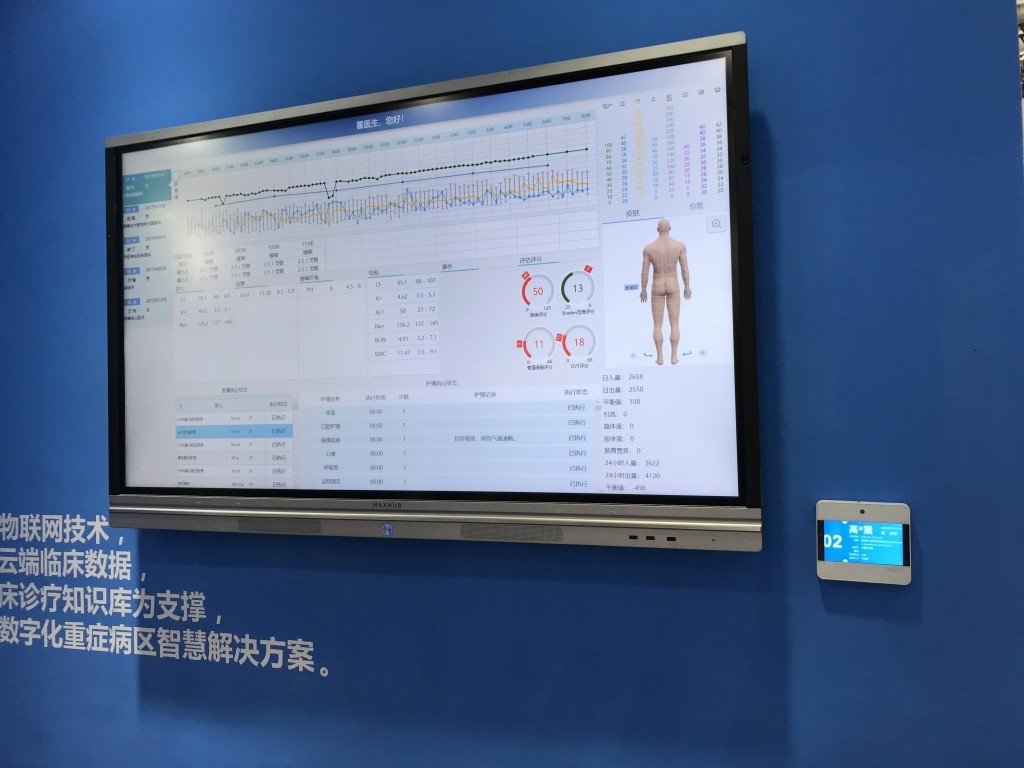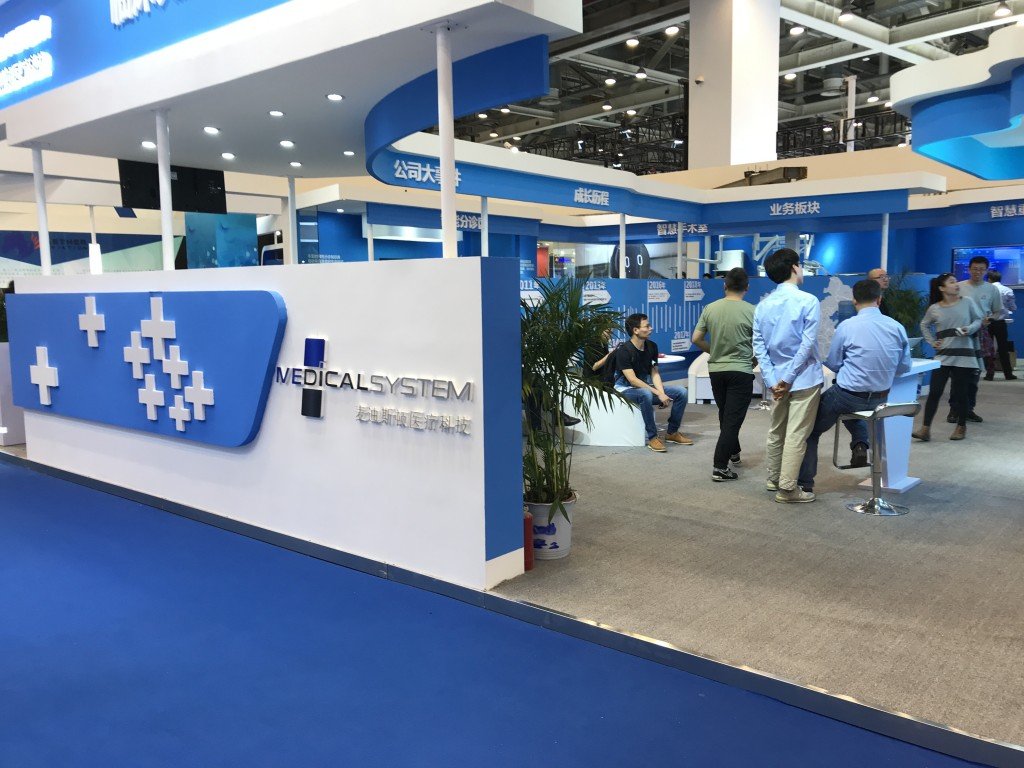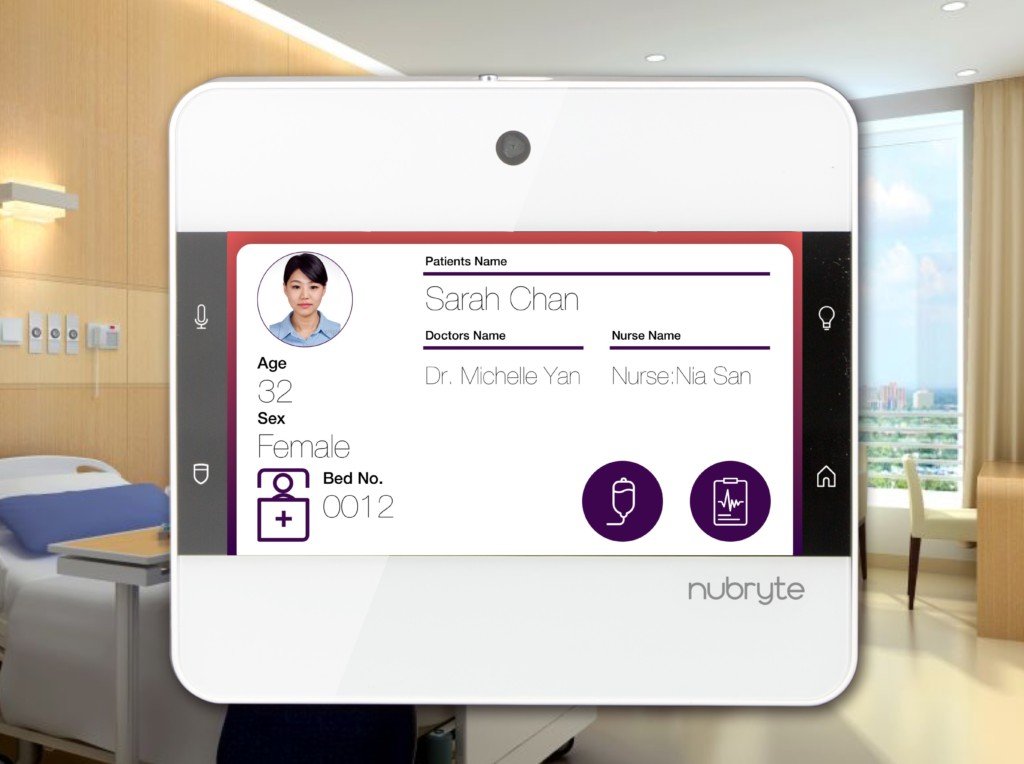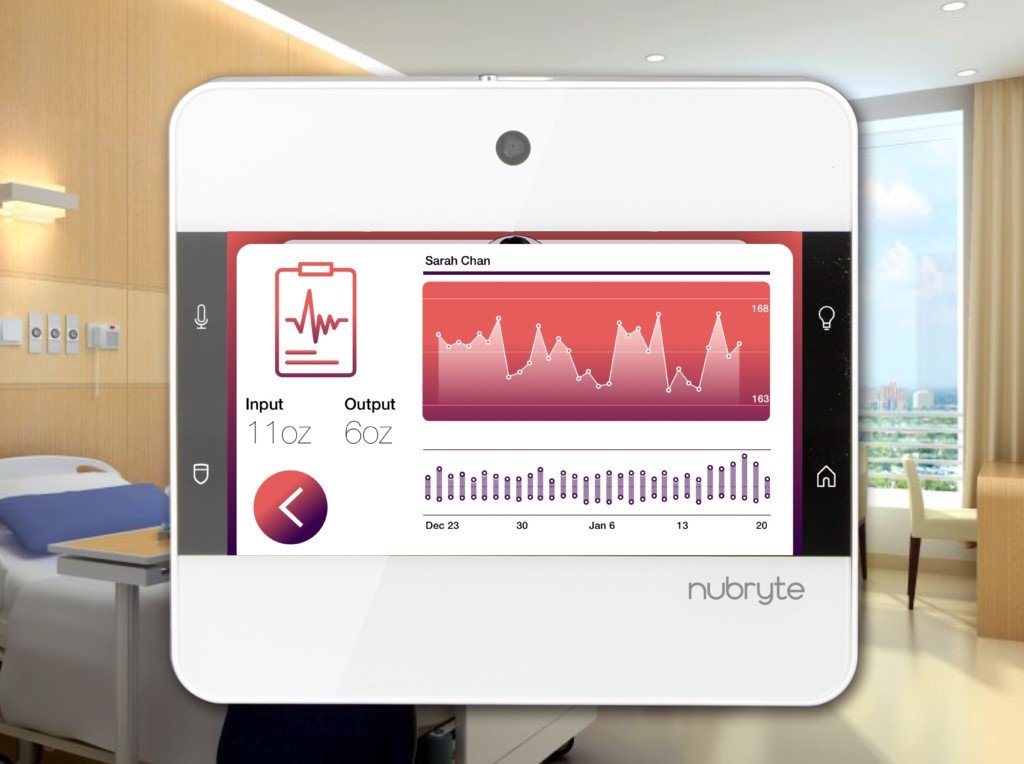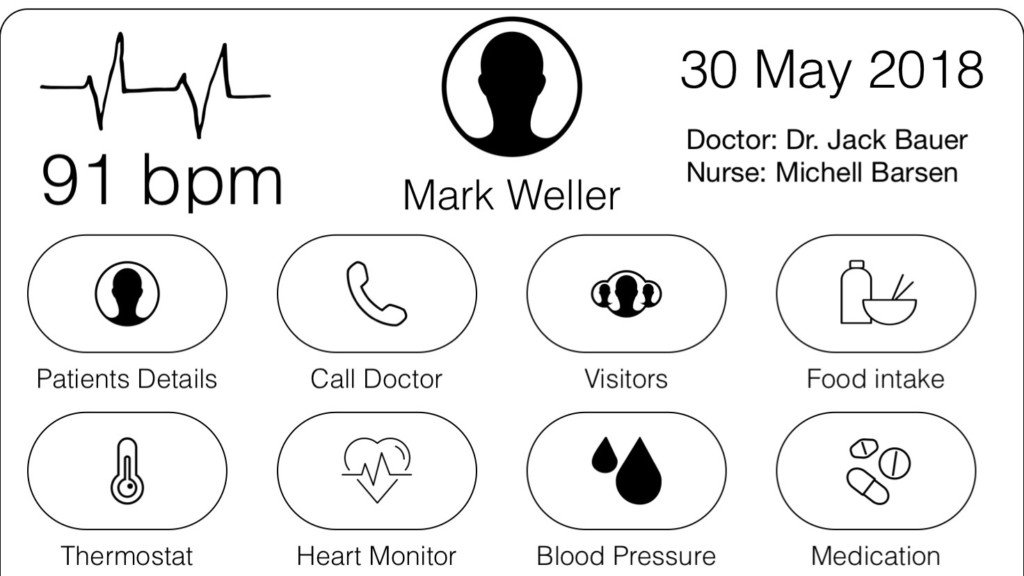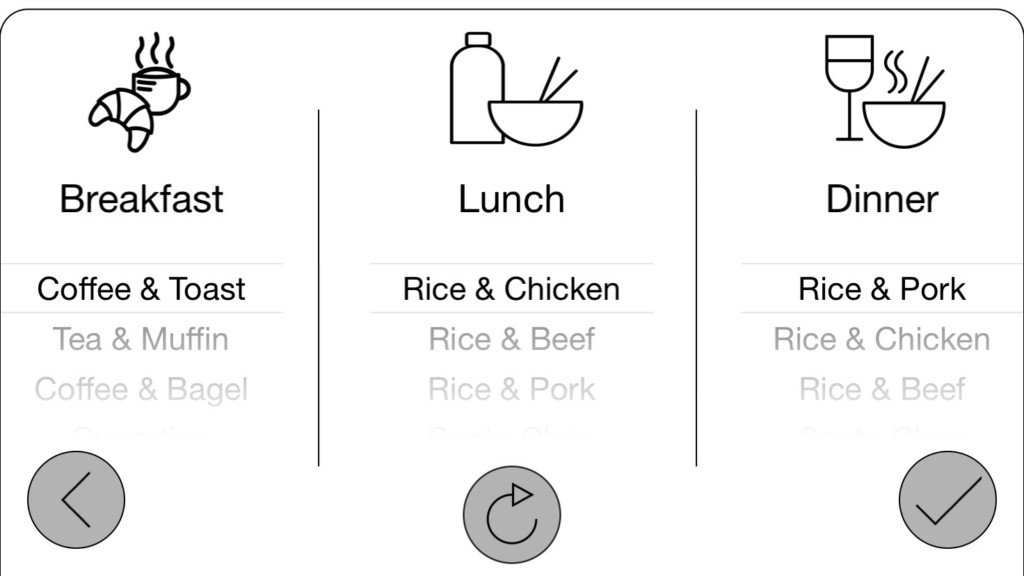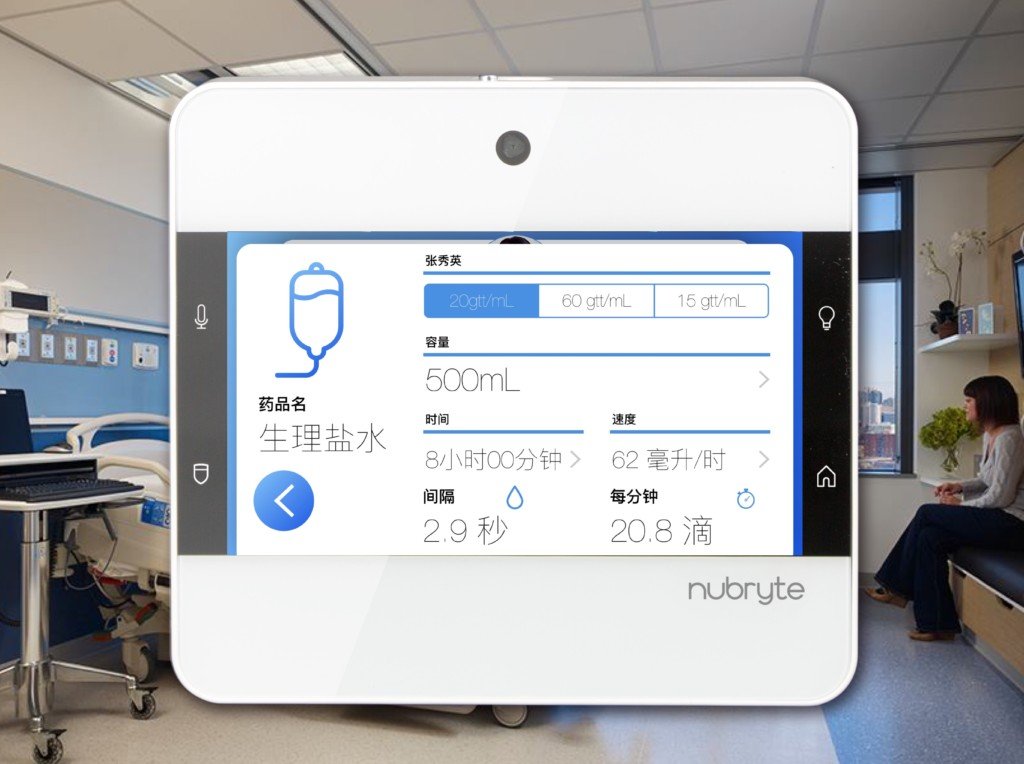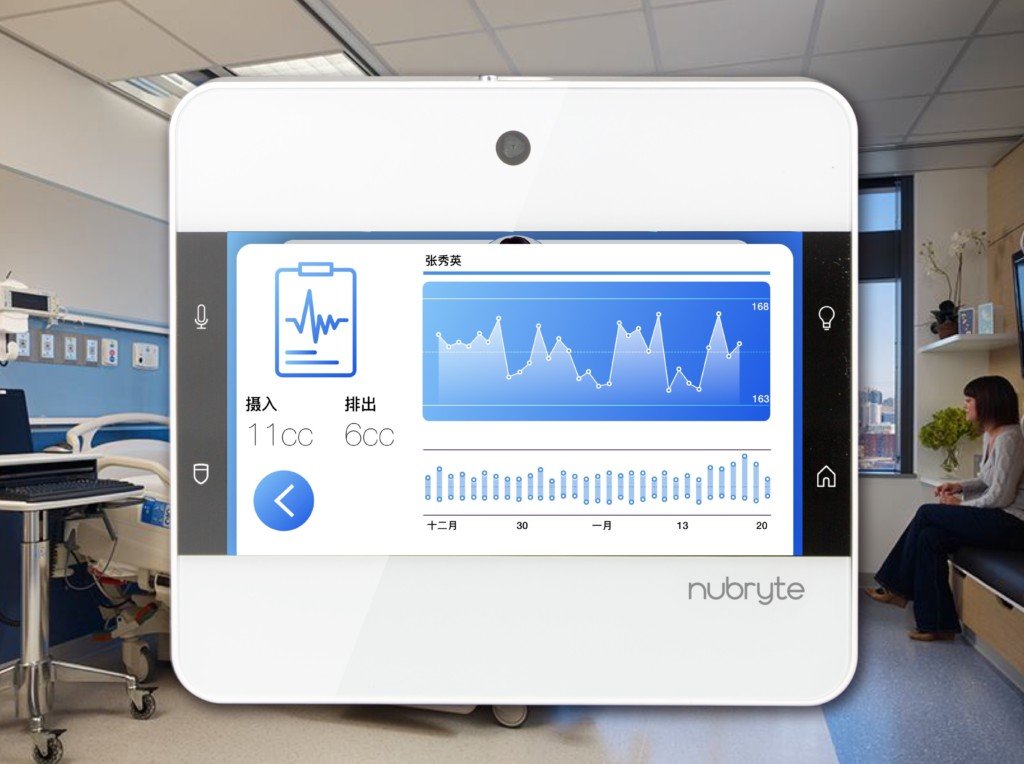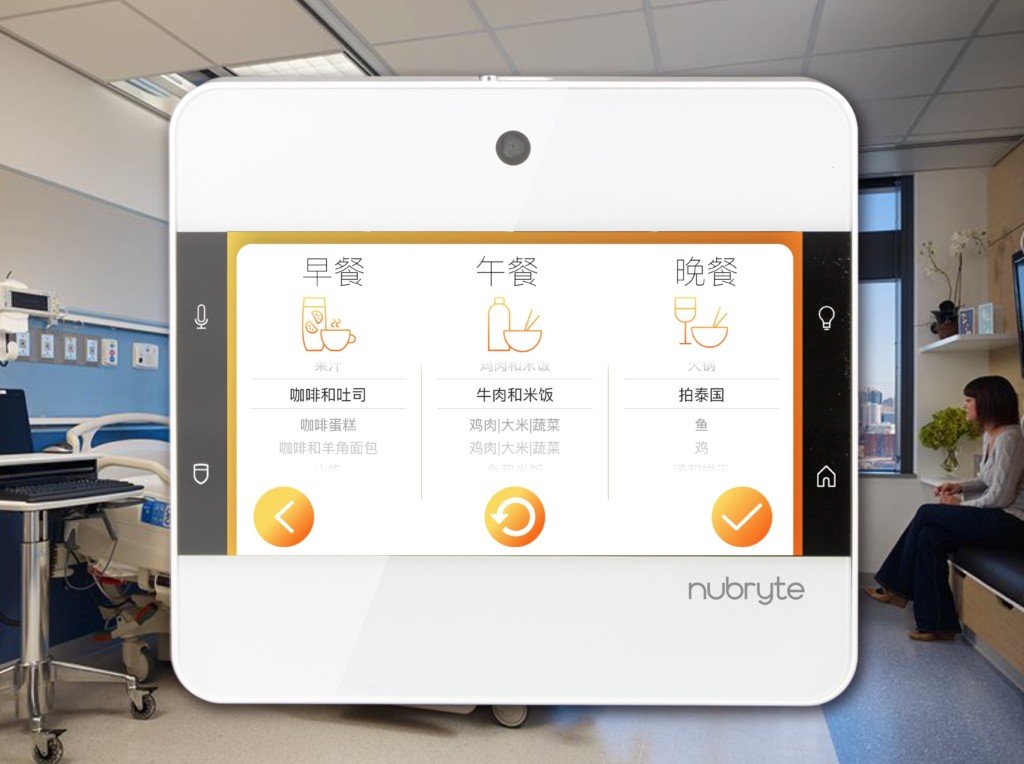Nubryte Hospital Panel
-
Introduction
Brief: Redesign hospital room panels to help families and patients in China monitor care remotely and in real-time.
Challenge: Cultural, generational, and tech literacy gaps; family often lives far from elderly/sick relatives.
Goals: Real-time info, peace of mind, and a UI anyone can use.
-
Discovery Phase
Stakeholder interviews: Medical System’s team, hospital staff, and family members.
Business requirements: Integrate with DoCare platform, support real-time monitoring, and record culturally relevant data.
User needs: Easy access to care info, meal tracking, visitor logs, and patient location.
-
Problem Framing
Problem statement: Families worry about distant relatives’ care but can’t easily check in or get updates.
Success criteria: Users can view care status, meals, and visits at a glance—no confusion, no tech hurdles.
Constraints: Elderly users, language barriers, must work with existing hospital tech.
-
User Research
User interviews: Ran focus groups, empathy mapping, and affinity diagrams.
Competitive analysis: Most hospital panels ignore cultural needs and are hard for the elderly.
Market research: Visual icons and color cues beat text for accessibility.
-
Synthesis
Personas: “The Distant Daughter,” “The Elderly Patient,” “The Busy Nurse.”
Journey mapping: From family checking in remotely to patient using panel for meal/visitor info.
Key insights: Simplicity, big visuals, and real-time feedback drive trust.
-
Solution Development
Info architecture: Dashboard for care status, meals, visitors, and patient location.
Wireframes & prototypes: Explored big buttons, bold colors, and icon-driven navigation.
Visual design: High-contrast, universal icons, and culturally sensitive color coding.
-
Testing
Usability testing: With elderly patients, family, and staff—flagged confusing icons and small text.
User feedback: Added larger buttons, clearer visitor/meal logs, and RFID-based patient tracking.
Design iterations: More visual cues, simplified flows, and reduced on-screen clutter.
-
Implementation
Handoff: Annotated wireframes and icon sets to devs.
Dev collab: Weekly reviews to ensure clarity and performance with real hospital data.
Go-to-market: Rolled out in select hospitals, with on-site training for staff.
-
Results & Impact
Metrics: More remote check-ins, fewer support calls, and high satisfaction from families.
User adoption: Elderly patients and families found it easy to use.
Business impact: Improved hospital reputation and more efficient staff workflows.
Lessons learned: Visual simplicity and cultural context matter most when tech meets healthcare.
In China, it is seen as a norm that the family takes care of the sick and elderly.
But in China young people have been largely swept away by the relentless current of China’s urban migration, joining the relentless current of the migration spurred by its economic boom. Hundreds of millions have moved to cities in recent decades, leaving behind empty villages along with second and third-tier cities. And an aging population, along with greater life expectancy can have drastic consequences for the quality of care and peace of mind that your loved ones are receiving the correct type of care.
Working in conjunction with China’s leading Medical Software provider
Medical System (麦迪斯顿医疗科技股份有限公司). To integrate the Nubryte Panel into Hospital rooms, this could help address a number of issues that family members would have in the overseeing of care for loved ones from a long distance. Along with allowing visiting family members or the patient themselves to see real-time information on the status of the care they are receiving. Medical System provides total solutions in clinical informatics and Digital hospital field. Obtaining ISO9001, ISO27001 certification.
Building on top of Medical System’s DoCare platform the Nubryte panel could connect and display Entire Workflow Management of new and existing patients to Real-Time Monitoring, The visual monitoring platform can monitor the instrument’s from EKG machines to patient drug intake.
While Medical System can display and deliver this real-time information to patients and family in any medium. Medical System has seen a need for a more intrinsic, local and culturally sensitive data that needed to be recorded, elements that could be captured with the collaboration of the Nubryte panel and MedicalSystem’s platform.
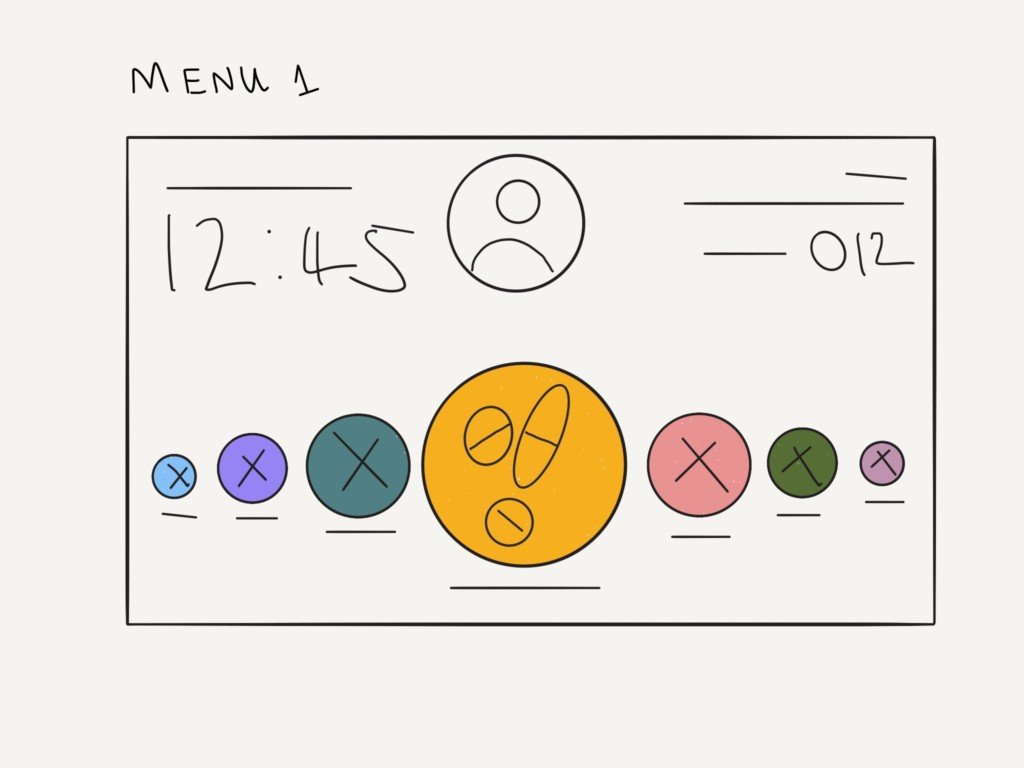
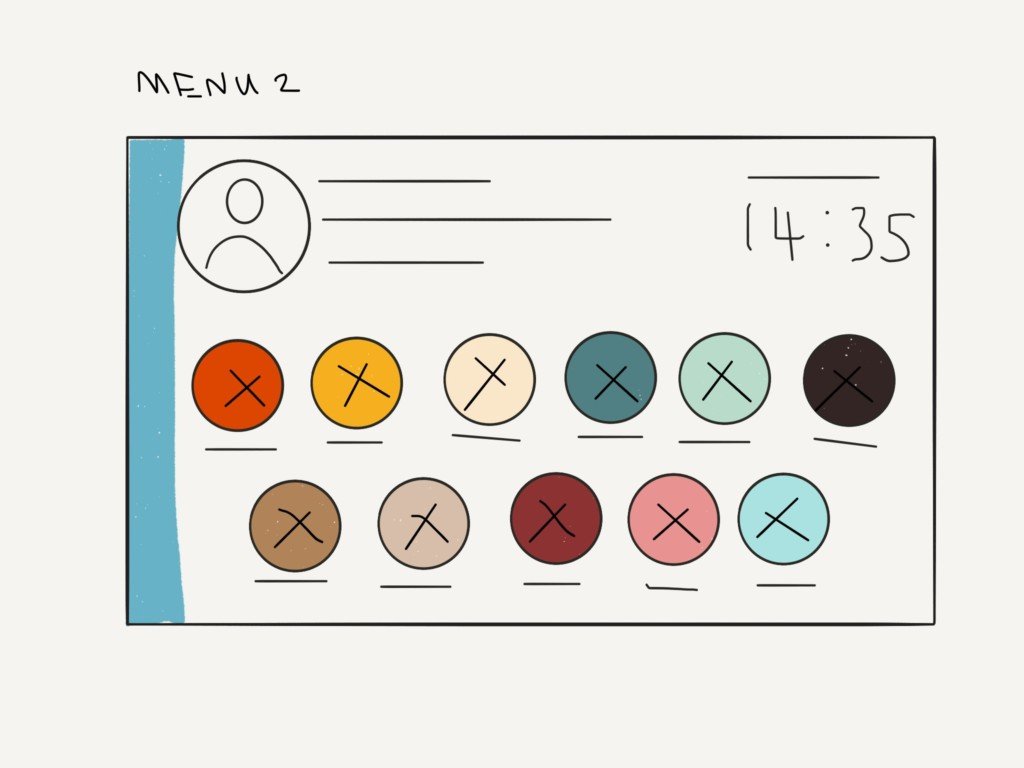

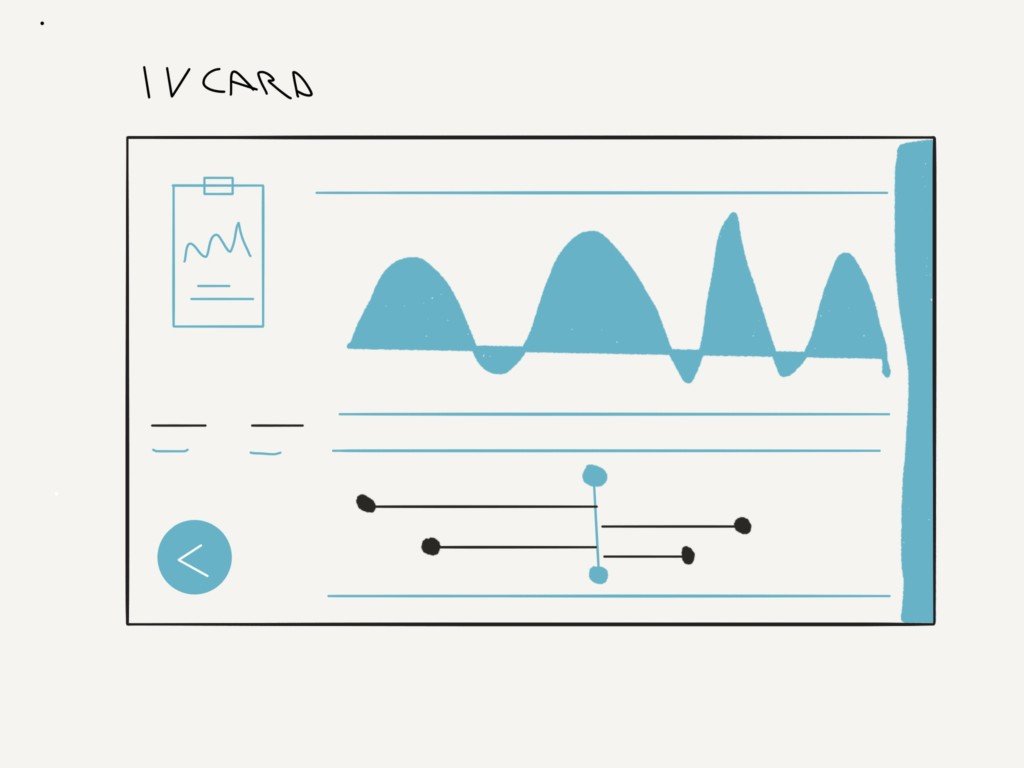


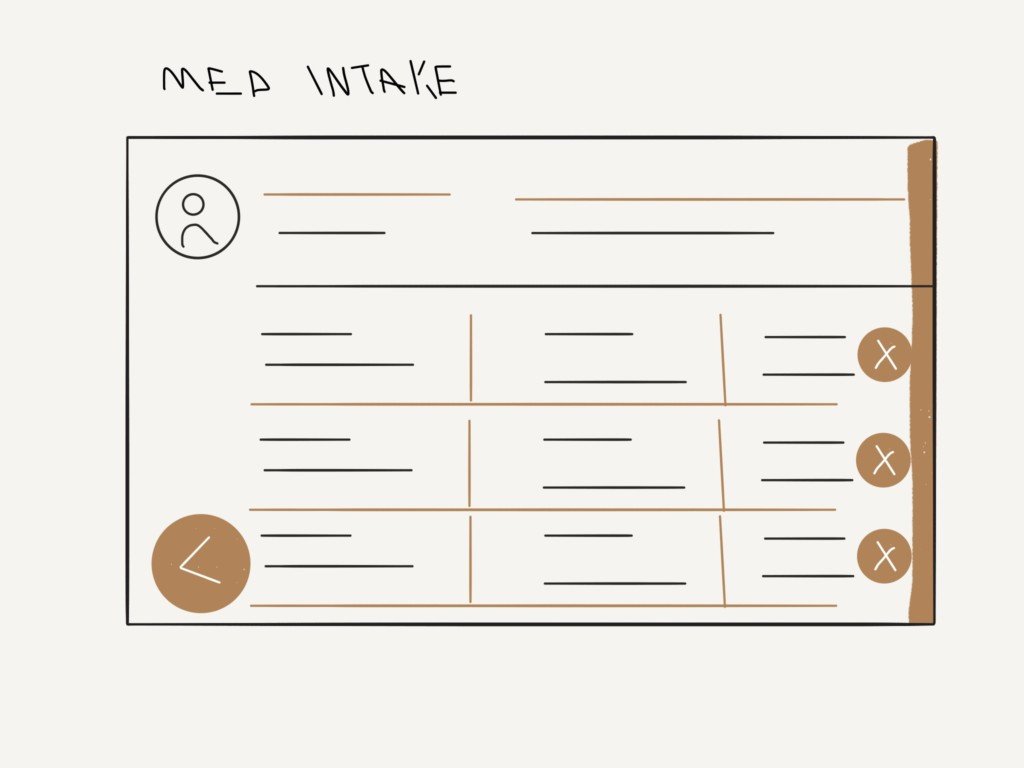


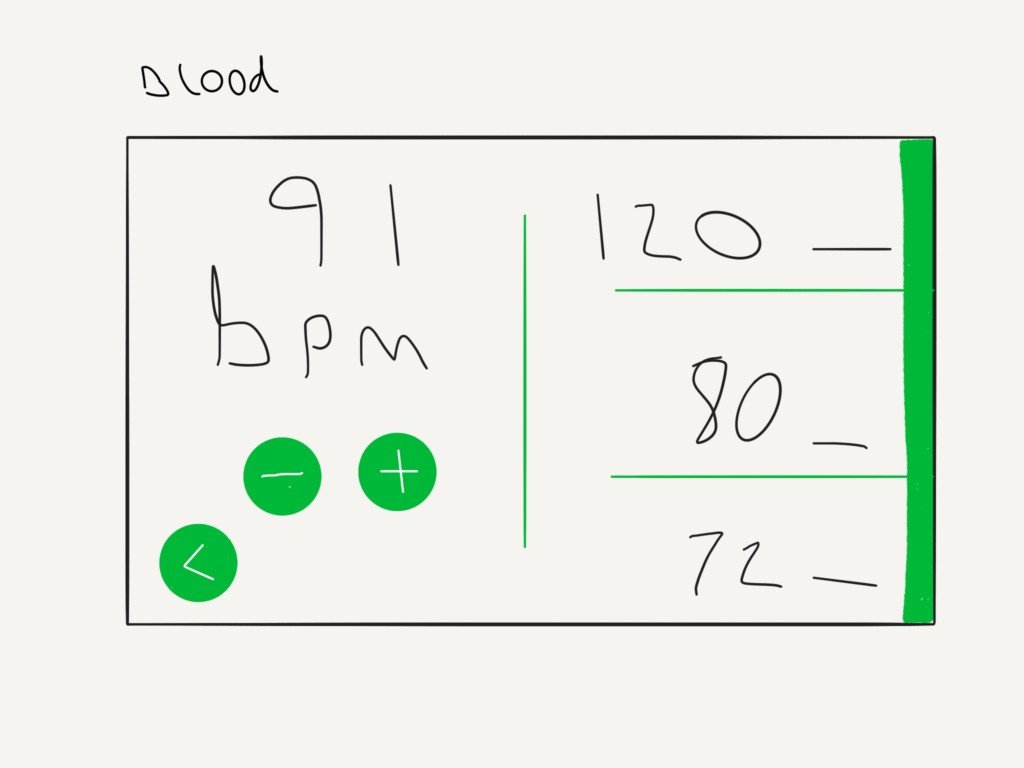

Design defines so much of our experience, but as a Westerners understanding of Asian users needs in monitoring loved ones care had more natural underpinnings. While the gathering of all the qualitative data would work for some users in the research conducted from running focus groups, empathy mapping & Affinity Diagrams. Uniques omissions came to light that would not have been noticeable to me as a Westerner.
Other features that were relevant to an Asian hospital experience were. Who visited the patient and who has access to visit the patient. To the most requested feature, what did the patient have to eat throughout the day? And to finally leverage the large aging population and large growth in the elderly homes opening in China a feature for the location of a patient with the use of an RFID bracelet.
In creating digital user interfaces for medical devices, certain laws of Triviality must be abided, on-screen content can often be complex, overwhelming, and difficult to process. The visualize should inform them what they are expected to do, and clearly depict how they are expected to perform the next step.
The panels location in the room must be taken into account. Certain factors such as viewing distance, screen angle and size should be designed specifically for the environment of use. Will it be viewed from 10’ away? These factors helped influence the text size, colors, screen content, and overall design of the interface. In the creation of medical device interfaces, colors carry significant meaning, that is what all the mission-critical information that would be real-time supplied by MedicalSystem is given red or core colors. The use of universal symbols and icons was heavily adopted as a large number of the elderly in China are not able to read or would not have the vocabulary to know certain medical words or terms.
In China elderly people or sick people living with their children are a symbol of harmony but as the
economy develops more people are choosing to work in other cities or even abroad. Decades with the one-child policy has also placed a heavy burden on the shoulders of young Chinese leaving them responsible for 4 to 8 elderly or sick relatives.
Respecting the elderly is the traditional virtue of the Chinese people, as China’s society ages fast the demographic dividend has nearly been cashed out it is urgent for China to build up a mechanism for old people to spend their money to ensure their remaining years be comfortable. The equity and stability of the society who rely on it
By integrating Medical System’s data gathering features along with the Nubryte Panels culturally important data recording features.
Users feeling the guilt of not being near the sick or elderly will have peace of mind and a sense of care that family members are been taken care of without the family member needs to be physically near.


